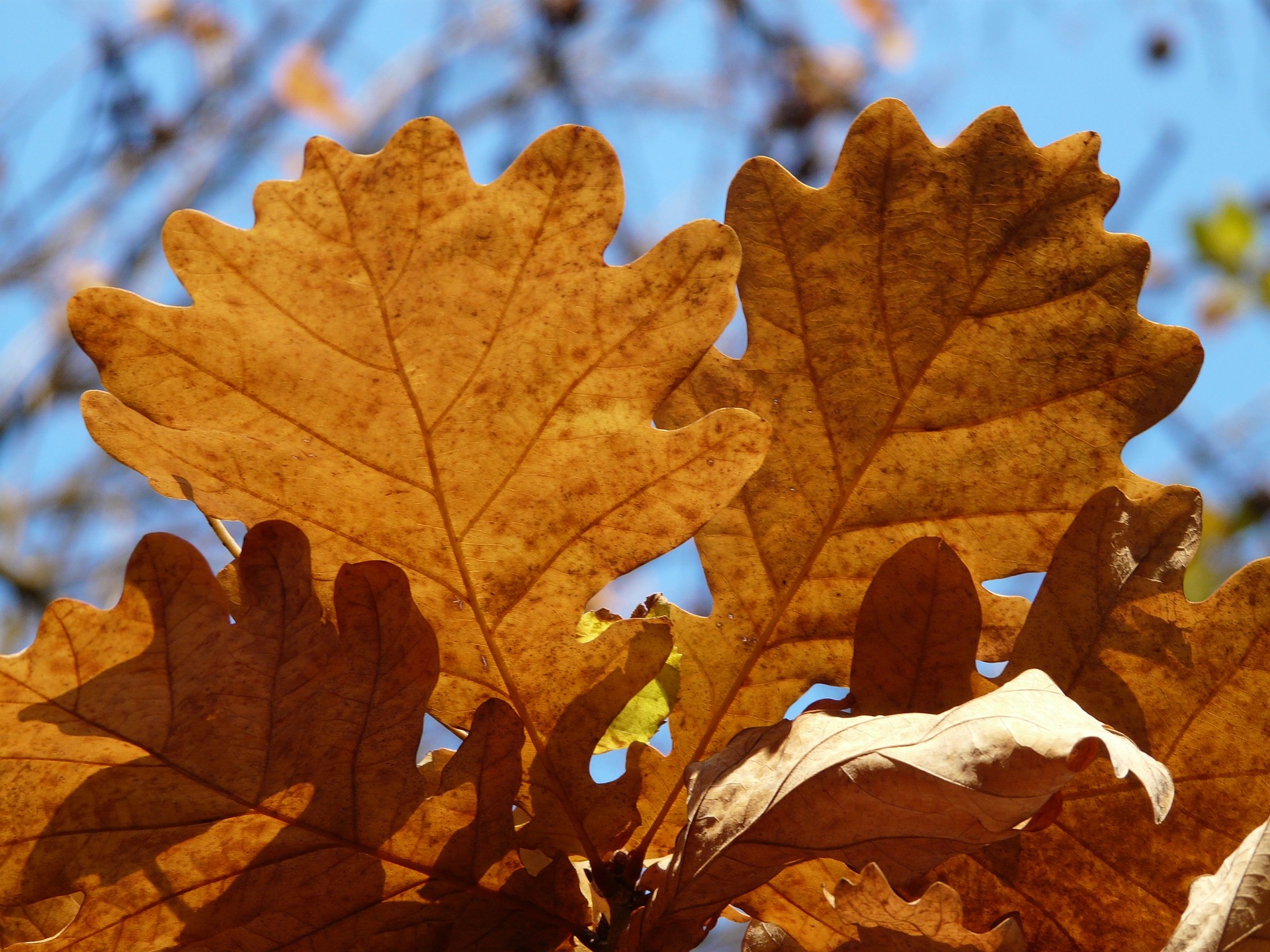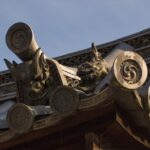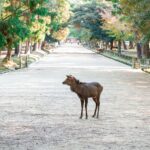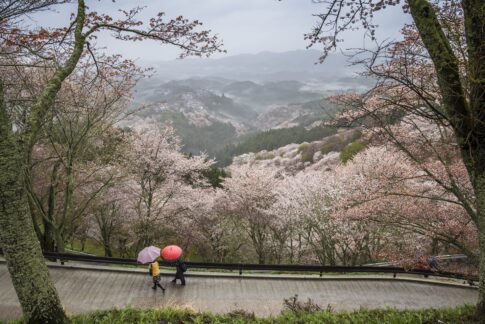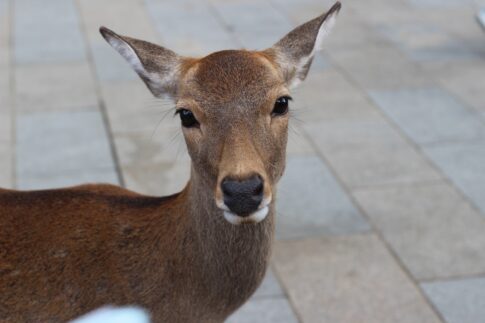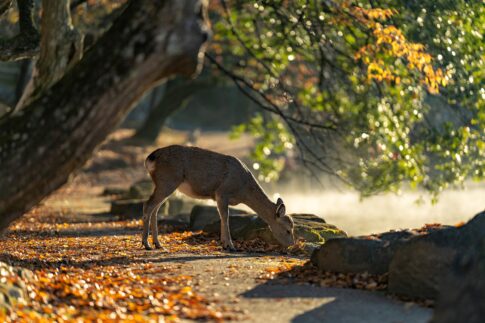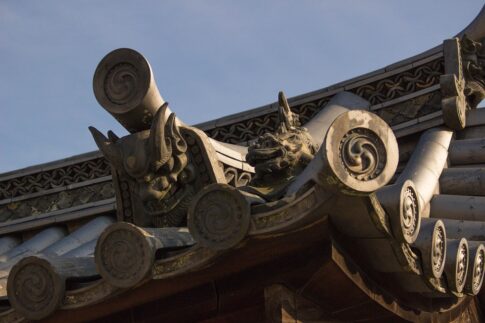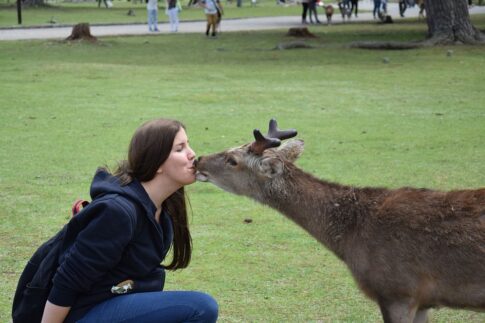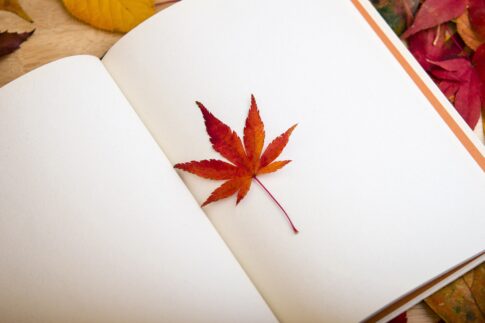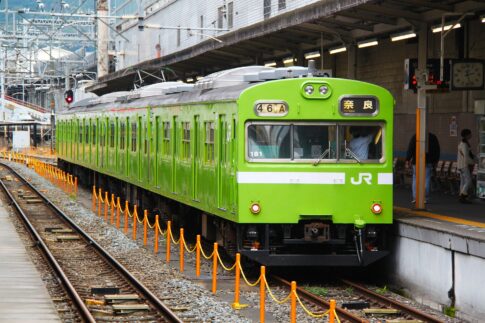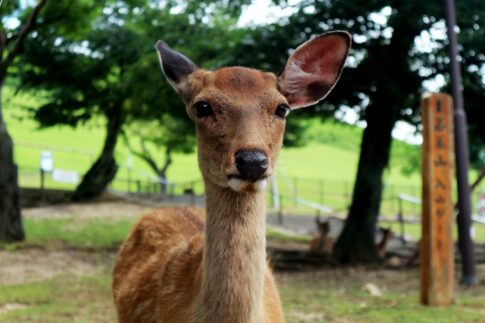Asuka area is famous for the place where the central government was located during the Asuka period.
The Asuka period (1400 years ago) was a time when women were very active and shined.
Female emperors were born one after another, and they governed with their unique sensibilities.
Women also made remarkable strides in religion and literature.
Why did these women lead Japan as a nation?
The answer is surely to be found in Asuka, the origin of Japan’s female power.
We will introduce 4 spots where you can enjoy the historical place, Asuka area!
4 things for Nara travelers to do in Asuka
① Takamatsuzuka burial mound
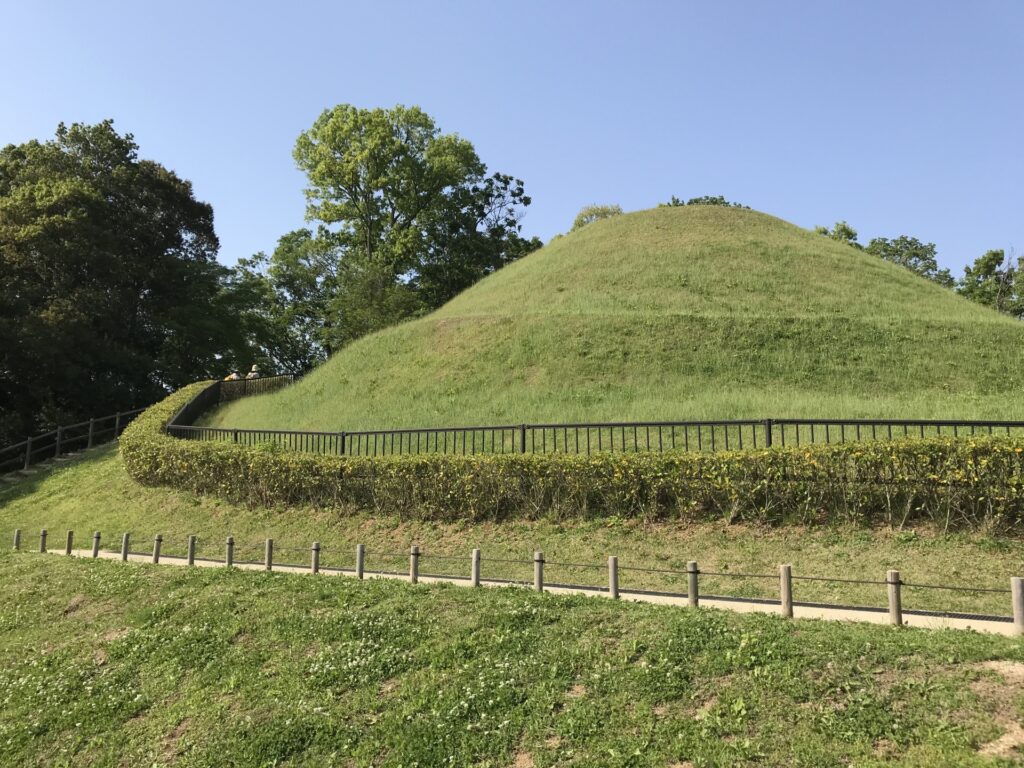
- What is Takamatsuzuka Kofun
Takamatsuzuka Kofun Tumulus is an ancient burial mound built between the late 7th and early 8th centuries, located in Oaza Hirata, Asuka Village, Takaichi County, Nara Prefecture.
There is a record from the Edo period (1603-1867) that the mound was called Takamatsuyama because of the pine tree at the top of the mound.
The 23-meter-diameter round burial mound has a stone chamber made of hewn stones from Nijo-san tuff.
Inside the chamber, fragments of a lacquered wooden coffin, a sea-animal grape mirror, coffin fittings, and other artifacts were excavated.
- The Excitement of Discovery
On March 21, 1972, the interior of the stone chamber of the Takamatsuzuka burial mound was revealed to contain an extremely colorful mural painting.
This discovery was called “the discovery of the century” and was featured in the first-ever color photo article on the front page of a national newspaper on a cultural property.
This discovery triggered an archaeological boom and Asuka boom throughout Japan, and at the same time, the importance of protecting cultural properties and preserving Asuka became a major issue.
- Inheritance for the Future
The historical value of the mural paintings of Takamatsuzuka tumulus, which have been handed down from 1,300 years ago to the present day, is said to be extremely high even on a global scale.
We must hand down these precious murals to the future, which have been preserved thanks to the efforts of the people living in Asuka Village, the people involved in the excavation, preservation, and restoration of the murals, and the many people who love Asuka.
② National Asuka Historical Park Pavilion
The museum provides information on facilities and events in the four areas of the National Asuka Historical Park, and introduces the historical sites and history of the Asuka region using three-dimensional models and video images.
The park provides information on facilities and events in the four areas of the National Asuka History Park, and also introduces historical sites and history of the Asuka area using 3D models and videos.
The “Asuka History Animation” is easy for anyone to understand, and the “Asuka Hyakkei (One hundred views of Asuka)” can be viewed on a touch-panel computer.
The facility provides information on facilities and events in the four areas of the National Asuka Historical Park, and also introduces historical sites and history of the Asuka area using three-dimensional models and videos.
- Display panel
The “Asuka History Animation” is easy for anyone to understand, and the “Asuka Hyakkei” can be viewed on a touch-panel computer.
- Three-dimensional model (diorama)
A three-dimensional model of the Asuka Village area can be seen at a glance.
By pressing a button, you can locate each area of the park and historical sites.
③ Plant Dyeing Experience
Using plants native to the village and cultivated plants such as red rice, purple raspberry, and indigo, dyeing is done using only natural materials in a method as close to ancient times as possible.
- Outline of the experience
Using plants native to the village and cultivated red rice, purple taro, indigo, etc., the dye is produced using only natural materials in a method as close as possible to that used in ancient times.
The beauty of the original color of each plant is conveyed and experienced by the participants.
- Participation Outline
Time: Anytime 10:00-15:00
Time required: 1 to 2 hours
Location: Negotiable
Transportation: To be determined according to the location of the workshop.
Ages: Elementary school students and older
Instructors: Instructors who have mastered the art of dyeing with plants and trees
Number of participants: 70 people per session, minimum 5 people
Fee: Dye, instruction fee, and materials included
Bandana: 1,000 yen, Cotton stole: 2,000 yen
Preparations ・Wear clothes you don’t mind getting dirty
Parking available (free of charge)
④ Strawberry Picking
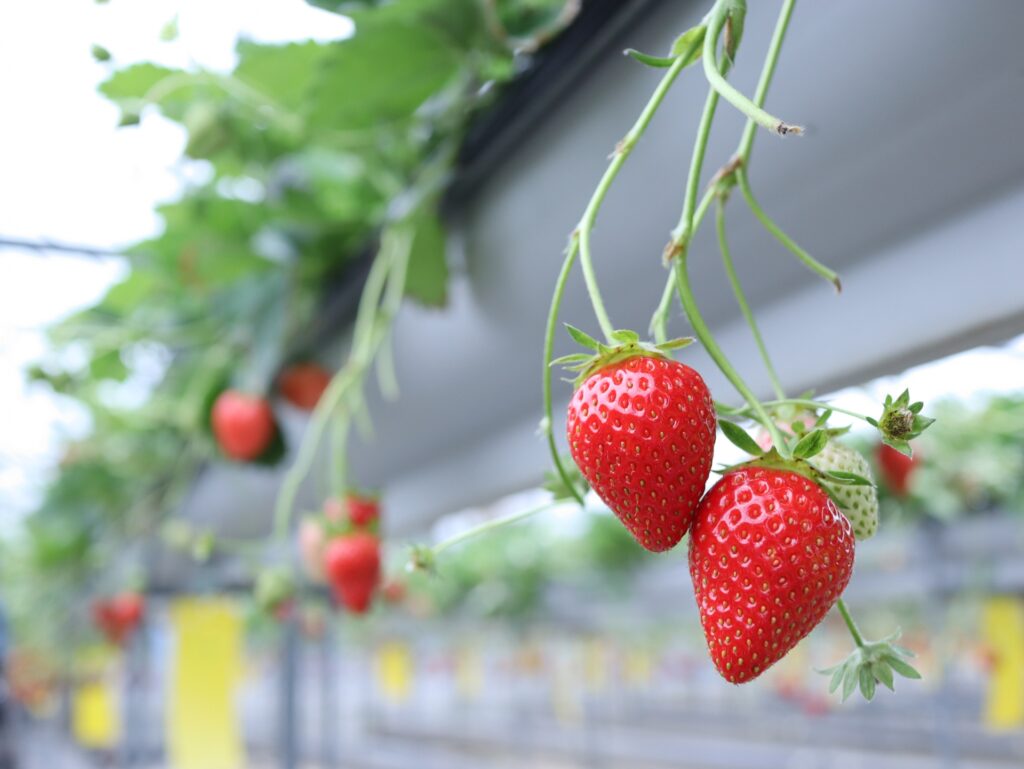
Let’s enjoy “Strawberry Picking” in Asuka Village!
Asuka Ruby” is Nara Prefecture’s brand strawberry, created from a combination of Asuka Wave and Onomine, which was registered as a variety in 2000.
Also called “Red Jewel,” this strawberry is characterized by its large, glossy fruit, moderate acidity, and fresh mouthfeel.
Strawberry picking” is the best way to experience strawberries.
You can pick strawberries that grow in a tin-like shape, and then snap them right on the spot! Asuka Ruby,” Nara Prefecture’s brand of strawberries, is popular for its bright red color, reminiscent of ruby, a jewel, and its taste that combines sweetness and sourness.
There are 17 strawberry farms in the village, so you can enjoy different farms depending on the day you visit.
All farms are cultivated in plastic greenhouses, so even on rainy days, you can enjoy strawberries without getting wet or dirty.
- Information
Time: Saturday, January 7, 2023 – Sunday, May 28, 2023
*Open on Saturdays, Sundays, and holidays until January 31 / After February 1, open on Wednesdays, Saturdays, Sundays, and holidays
*During spring break (March 25 (Sat.) – April 5 (Wed.)), the park is open every day.
Hours 10:00-16:00 (last admission at 15:30)
Location: There are 17 farms in the village. We will inform you of the farm in charge when you make a reservation.
Fee:
Adults (junior high school students and older): 2,500 yen
Adults (junior high school students and older) 2,000 yen, elementary school students 1,600 yen, infants (3 years and older) 1,000 yen
May 8 – May 28, 2023
Adults (junior high school students and older) 1,600 yen, elementary school students 1,300 yen, infants (3 years and older) 800 yen
Summary
Today we explained about 4 attractions in Asuka area.
When you visit Nara, let’s try it!
